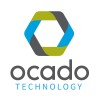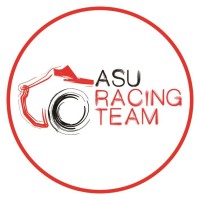Ocado Technology, Robotics Software Intern May 2024 - Dec 2024
- Developed a survival analysis model for item drop prediction using robotics data (e.g., joint states, suction pressures).
- Designed and implemented a predictive control system fusing survival analysis, CLIP, and Model Predictive Control to increase robotic arm speed in warehouses while reducing item drop rates.
- Achieved up to 50% reduction in drop rates in simulation without reducing speed; real-world validation showed a statistically significant reduction in applied forces, enhancing operational efficiency.



